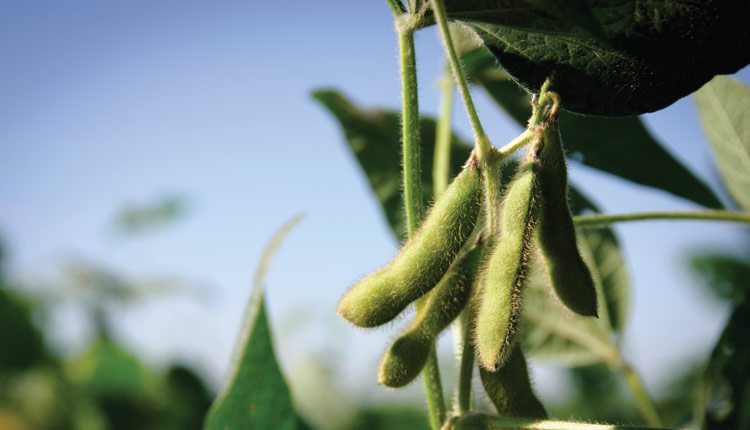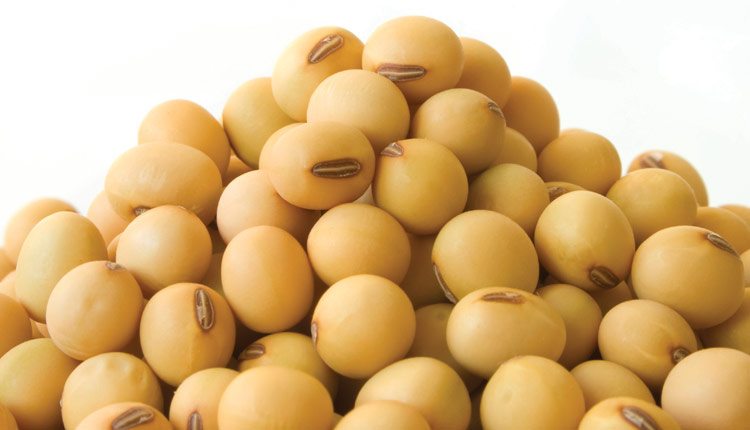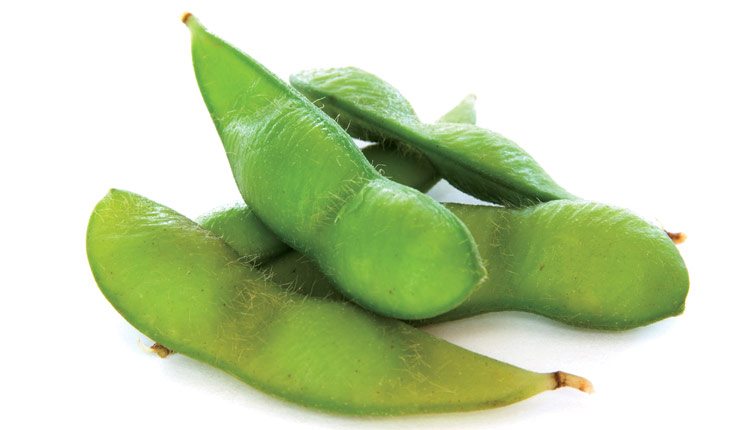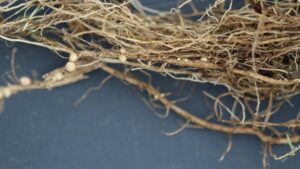Seed World examines the future viability of generic seed in a post-patent world.
Just this past March, the first major biotech trait came off patent, and the possibility of so-called generic biotech seeds became a reality.
In preparation, the American Seed Trade Association and the Biotech Industry Organization (BIO) partnered to develop the AgAccord — a framework of agreements meant to keep stability for growers and markets as biotech trait patents expire. It’s comprised of the Generic Event Marketability and Access Agreement (GEMAA) and the Data Use and Compensation Agreement (DUCA).
The agreements make clear a number of issues that would otherwise cause confusion or uncertainty for agriculture stakeholders. In particular, GEMAA and DUCA spell out who will maintain international regulatory approvals for a technology once its patents expire, allowing continued trade with countries that regulate genetically modified organisms. They also allow access to off-patent events, provide continued stewardship of the events and set up a negotiation process that facilitates sharing of technology.
“The reason we came forward with the GEMAA and DUCA was to provide certainty going forward,” says Matt O’Mara, BIO managing director for food and agriculture. “We looked at this as an across-the-board way of addressing all products coming off patent.”
GEMAA and DUCA
GEMAA, which went into effect in 2012, has 10 companies that have signed on to it.
Under the agreement, patent holders must give notice three years before a final patent on a particular technology is set to expire, provide access to the event upon patent expiration, and decide how international regulatory responsibilities for the technology will be maintained after patent expiration. The patent holder may bear the cost itself, partner with others to share those costs or discontinue its regulatory responsibility.
Maintaining those approvals, which can cost millions of dollars, means that international markets such as China and the European Union would still be open for those selling soybeans produced from seed with the trait.
For Monsanto’s now-expired Roundup Ready trait soybeans, the company elected to maintain regulatory approvals until 2021.
“We wanted to ensure U.S. soybean growers have trade opportunities for the products they’re growing,” says Norm Sissons, U.S. soybean product management lead for Monsanto. “It’s about being good stewards of the technology. If we want growers to adopt our technology, we have to show we’re good stewards of that technology.”
Sissons and the company have not said whether Monsanto would continue upkeep of regulatory approvals after that time, but Monsanto has stopped using the technology in its research and development and has moved on to new traits that are said to produce more protection and better yields.
DUCA is similar to GEMAA except that it allows for compensation to trait providers for access to proprietary regulatory property at the time of patent expiration. To date, DUCA has not had enough signatories to go into effect.
New Products
With the AgAccord clearing up much of the uncertainty around biotech traits coming off patent, the big question has been about whether there will be a market for so-called generic seeds. Already, universities and breeders are making use of the first-generation Roundup Ready trait and testing the market.
“This has always been the big question: will there be demand?” O’Mara says. “We’re just beginning to see that there is some.”
Back in December, the University of Arkansas released UA 5414RR, a public “generic” soybean variety using the first generation Roundup Ready trait. University soybean breeder Pengyin Chen says the first batch of seed — about 1,800 to 2,000 units — is already gone.
“It was sold very quickly once the word went out,” Chen shares. Chen’s variety comes without the technology fees associated with patented seeds. Additionally, growers can save the seeds obtained from their harvest to plant in later seasons, which is not permitted when planting patented seeds. But Chen says Arkansas’ soybean seed yields about 7 percent less than newer generations of Roundup Ready soybeans.
“It’s not going to take a lot of market share because it doesn’t yield as well,” Chen says. But he can’t argue with how quickly the first batch of seed sold.
“Some farmers like the idea that they don’t have to pay more for Roundup Ready technology generation two,” Chen says. “Whatever the market demands is what we should provide.”
That yield drag is the reason leaders at Monsanto believe most breeders will be ready to move on from the first-generation technology.
“Typically you don’t see companies working with old technology,” Sissons explains. “They’re looking to bring new technology with new benefits to growers. It would be kind of like saying ‘I have an iPhone 3 and do I want to develop under that technology?’ Is it going to be around in the next 10 years? Or do you want to work with the iPhone 6 technology?”
Sissons points to the yield benefits of newer Roundup technologies, which he says are about four bushels per acre, or about $35 to $40 per acre, depending on commodity prices.
“That’s pretty close to a bag of seed,” Sissons says.
A test of the market already happened in Canada. There the same soybean trait lost patent protection in 2011. Monsanto Canada spokeswoman Trish Jordan says most licensees of the first-generation of Roundup Ready soybean technology moved on once the patent expired.
“We were pleased that most of them transitioned to the new technology,” Jordan says. “It makes sense for their own business but we left that choice completely up to them.”
That’s about what Patty Townsend, CEO of the Canadian Seed Trade Association, expected.
“Farmers here are really eager to pick up new technology,” she says. “If there’s a technology out there that’s better, they’re not necessarily willing to stick with old technology.”
For many farmers, it’s all about economics. If the lower cost of seed allows them to absorb that yield loss, they’re listening.
“The new varieties that companies are coming out with will be better than older ones,” says Ron Moore, who farms near Roseville, Illinois. “But farmers are always looking for ways to lower input costs, and this is one of them.”
Grover Shannon, a breeder at the University of Missouri’s Delta Center, is also developing soybean lines with the first-generation Roundup Ready trait. He says the technology is still good, especially when breeders can use it in conjunction with other traits that specifically address concerns for particular regions. For instance, in southeast Missouri, Shannon says nematode pressure is high, so he’s working on lines that will include the off-patent Roundup Ready technology while addressing local pest and disease pressures.
“A lot of the seed distributors prefer you go to Roundup Ready 2 because they make more money,” Shannon says. “It’s natural. I just want the farmers to have the option.”
West Higgenbothom, a farmer in Lee County, Arkansas, and chairman of the Arkansas Soybean Promotion Board, says new generations of technology will be popular, but there might be growers who want to try generic traits on some of their fields. He’s considering using generic Roundup Ready soybeans in the future, but he wants to see how they perform. The board is supporting Chen’s work at the University of Arkansas.
“Seed used to be one of your lowest-cost inputs, and now it’s one of the most expensive,” Higgenbothom says. “We know we’ll never compete with the technology of today, but if we have something that yields well or can compete and save the farmer some money, we wanted to do that.”
Not So Generic
The most common misconception about the patent expiration of biotech traits is that all restrictions come off seeds containing those traits.
In Canada, Monsanto’s patents for Roundup Ready first generation soybeans expired in 2011, but it happened in the middle of a growing season. None of the seeds from those crops were able to be saved. Only seeds obtained from a 2012 crop containing an off-patent trait were saveable, assuming there were no other contract restrictions imposed by the seed seller, meaning 2013 was the first year a generic trait didn’t violate Monsanto’s grower agreement and intellectual property law.
It’s important for farmers to know where their seed came from and whether the seed they bought came from patented seeds. If so, the harvest from it cannot be saved for planting.
Also, seed containing a now-generic trait might be stacked with other still-patented traits or other protected intellectual property.
“It’s no different than any other seed that a farmer buys,” says Bernice Slutsky, ASTA senior vice president of domestic and international policy. “In any seed, there is likely some form of intellectual property that needs to be understood.”
It’s important that farmers talk with seed brokers and sellers about the traits in the seed and what, if any, restrictions might be in place.
As always, relationships are key. “It depends a lot on who the seed salesman is,” says Moore, the Illinois farmer. “If I’ve got confidence in the salesman’s ability to sell a low-priced, quality seed, I might buy it.”
The Future
At the moment, there are no more notices of patent expiration posted on the AgAccord’s website. O’Mara says the next big wave of biotech patent expirations is expected around 2020.
This means there is time to see how this first trial balloon flies and what, if any, changes should be made for the future.















